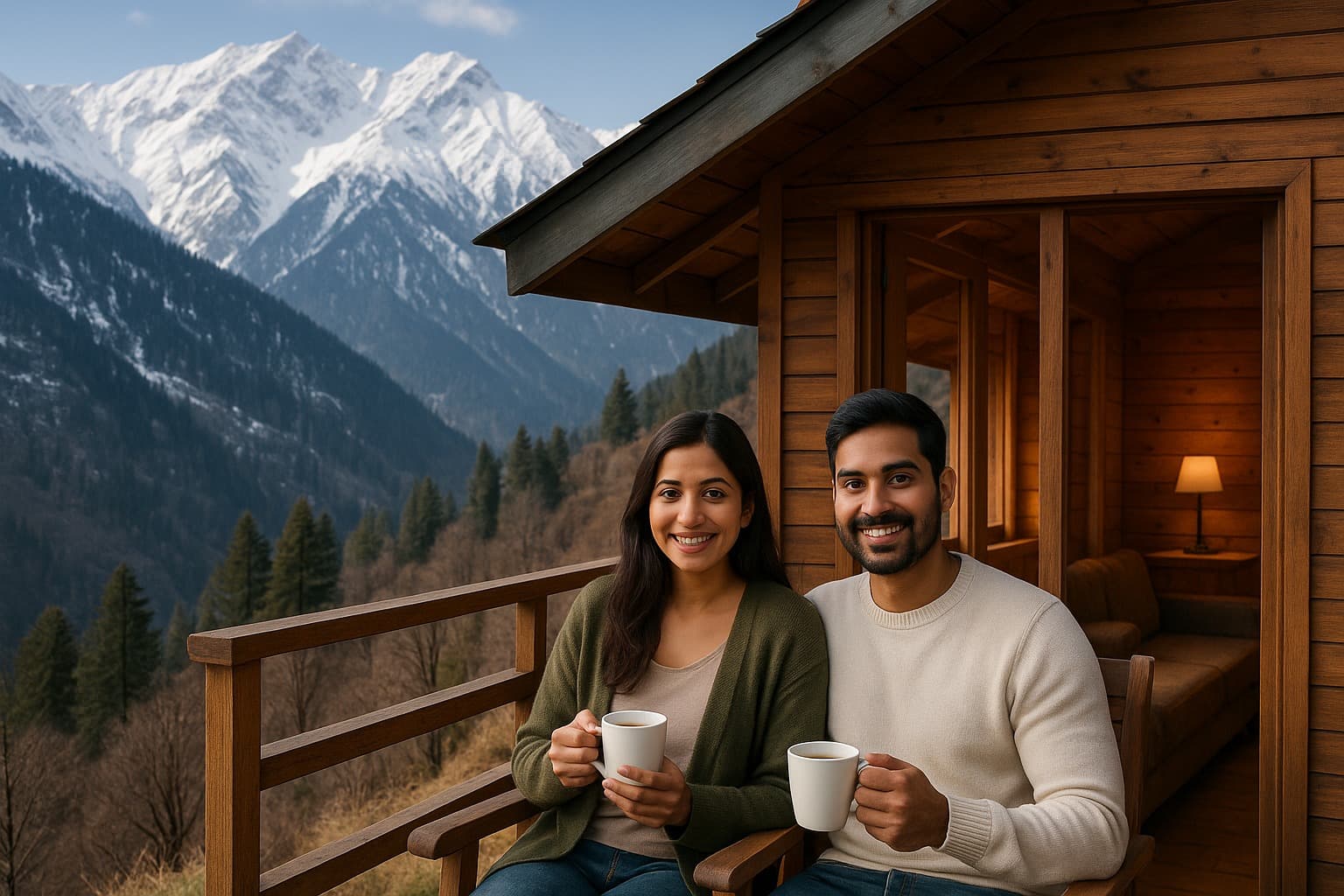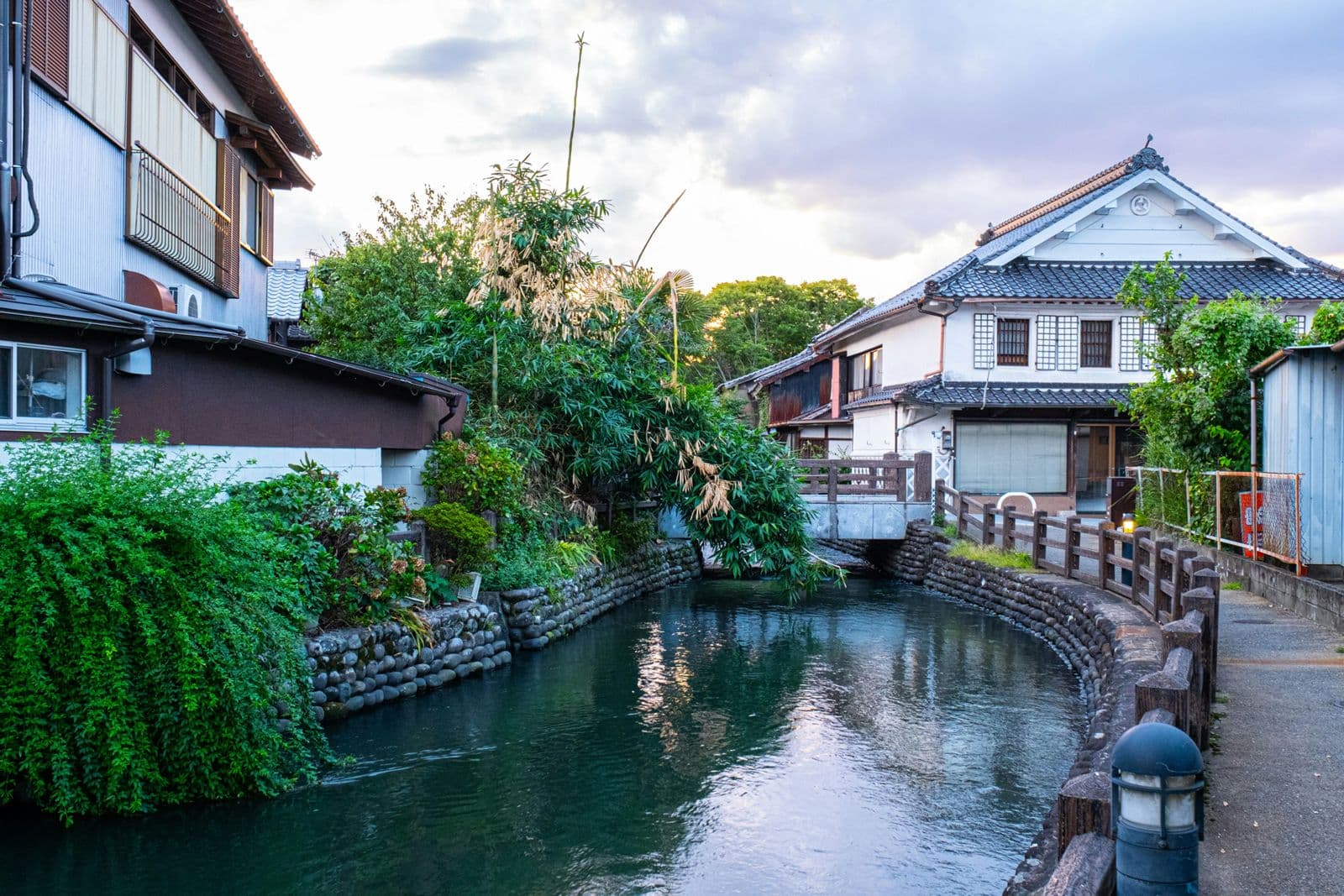The Rise of Vacation Homes in India: Trends, Locations, and Future Outlook
Summary
Vacation homes in India are booming, driven by remote work, wellness, and investment potential. Popular locations range from Goa to the Himalayas, attracting diverse buyers seeking lifestyle and rental income. The future points towards eco-friendly options and fractional ownership.

Rising Demand for Vacation Homes
Over the last few years, the idea of a vacation home in India has shifted from being an exclusive luxury for the elite to becoming a more mainstream aspiration. Families, working professionals, NRIs, and even millennials are now seriously considering the benefits of owning a second home. It could be a villa in Goa, a hillside cottage in Himachal, or a farmhouse on the outskirts of a bustling city. The rising demand for vacation homes in India 2025 tells us that the way people think about property is changing—homes are no longer just about living, but about lifestyle.
Why Are Vacation Homes in Demand?
The surge in second homes in India is not a random trend; it is rooted in several lifestyle and economic changes.
Work-from-Anywhere Revolution: The pandemic accelerated a new culture—remote and hybrid work. Many professionals realized they no longer needed to live permanently in metro cities. Having a holiday home property in a quieter, greener space means they can enjoy the best of both worlds: career growth and personal well-being.
Health and Wellness Priorities: After experiencing years of stress in crowded urban areas, families are valuing peace, clean air, and open spaces. A weekend home real estate purchase often symbolizes this new focus on health and mental well-being.
Smart Investment Choice: Beyond lifestyle, buyers see vacation homes as long-term assets. They can generate passive income through platforms like Airbnb, while also appreciating in value. This dual role—vacation property demand plus investment potential—makes them highly attractive.
Emotional Aspirations: For many, owning a vacation home has been a lifelong dream. It’s about being able to say, “I have my own space by the beach,” or “I have a little cottage in the hills.”
Popular Locations for Vacation Homes
The growth of second homes and holiday homes in Indian real estate is highly location-driven. Buyers want properties that balance beauty with accessibility.
Goa remains India’s top vacation home market, offering villas, apartments, and bungalows.
Alibaug & Lonavala, just a few hours from Mumbai, have become weekend favorites. Improved connectivity has turned Alibaug into a hotspot for luxury homes in India.
Shimla, Manali, and Nainital attract buyers from Delhi-NCR and Chandigarh, who want a mountain retreat.

Ooty, Coorg, and Kodaikanal are popular in South India for their weather, landscapes, and coffee estates.
Pune suburbs like Mulshi and Lavasa are also seeing a spike in demand for farmhouses and lakeside villas.
These regions show that vacation home demand among Indian millennials is not just about distant tourist destinations but also about easily drivable weekend escapes.
Who Is Buying Vacation Homes?
Interestingly, the buyer profile for holiday homes property in India has diversified.
Working professionals in IT, finance, and consulting, who now have higher disposable incomes.
NRIs, who are investing in second homes as both emotional anchors and smart property investments.
Millennials, who see vacation homes as lifestyle assets and part of wealth creation.
Retirees, who are moving out of metros for a calmer, more relaxed life.
The idea of weekend homes real estate has truly broadened. It’s not just for the ultra-rich anymore; it’s for anyone who wants balance between work, leisure, and financial growth.
Lifestyle and Emotional Connect
Vacation homes are deeply personal purchases. Unlike primary homes, which are often driven by practical needs like proximity to offices, schools, or budgets, vacation property demand is largely emotional. Buyers imagine family gatherings on lawns, winter nights by the fireplace, or early mornings listening to birds instead of honking horns.
For many, these homes represent freedom from city stress, a place where memories are created—whether it’s weekend getaways, summer holidays, or milestone celebrations. This emotional connection is one of the strongest reasons why second home investment trends in Indian real estate are thriving.
Role of Rentals in Vacation Home Growth
Another big driver is the rental opportunity. Today, a villa in Goa or a cottage in Manali can be listed online and rented out to tourists. With India’s domestic tourism booming, vacation rentals are almost always in demand.
This has made the weekend home real estate market India financially attractive. Owners no longer see these properties as expenses—they see them as assets that generate steady income, sometimes covering their maintenance costs entirely.
Challenges in the Vacation Home Market
Despite its popularity, buying a vacation home does come with its own challenges:
Maintenance Costs: Managing upkeep, especially if the property is far from the buyer’s primary residence, can be tricky.

Seasonal Rentals: Some areas have rental demand only during peak tourist seasons.
High Pricing in Hotspots: Popular markets like Goa and Alibaug are seeing skyrocketing rates, making entry difficult for middle-class buyers.
Legal and Zoning Issues: Certain regions have strict land laws that can complicate ownership.
Still, these challenges have not slowed demand. Instead, they have encouraged developers to offer managed holiday home projects, where maintenance and rentals are handled by professional companies.
Developers and Vacation Homes
Real estate developers are quick to respond to trends, and the growth of vacation home demand has given rise to dedicated projects. These are not ordinary homes—they’re designed like resorts, with clubhouses, pools, rental services, and even wellness retreats.
For luxury buyers, developers are building villas with private beaches, infinity pools, and 24/7 concierge services. For younger professionals, there are more affordable options like smaller apartments in holiday destinations. This diversity ensures that holiday homes property in India has options for almost every budget.
Future of Vacation Homes in India
Looking forward, the real estate trends in vacation and weekend home market point toward consistent growth. By 2030, vacation homes could become as common as primary homes in urban investment portfolios.
We will also see more eco-friendly vacation homes—properties designed with sustainability in mind. Fractional ownership models may rise, allowing multiple families to co-own luxury homes. Digital platforms will further simplify buying, renting, and managing these properties, making them more accessible than ever.
Conclusion
The rising demand for vacation homes in India 2025 is more than a passing trend. It reflects deeper shifts in how Indians see life, work, and leisure. A second home is no longer just a luxury—it’s a blend of aspiration, lifestyle, and smart investment.
For buyers, it’s about fulfilling dreams and creating memories. For developers, it’s a booming business opportunity. For the Indian real estate market, it’s a sign of changing times—where homes aren’t just where we live, but where we truly thrive.
Summary (100 words)
The demand for vacation homes in India is soaring in 2025, fueled by work-from-anywhere culture, wellness priorities, and investment opportunities. Popular locations include Goa, Alibaug, Lonavala, Shimla, Manali, and Coorg, with buyers ranging from millennials to NRIs and retirees. Beyond lifestyle, vacation homes generate income through rentals, making them financially attractive. Developers are creating managed holiday communities and luxury villas to meet demand. While challenges like maintenance and seasonal demand remain, the future is bright. Vacation homes are no longer just luxuries—they’re becoming essential lifestyle assets that combine aspiration, relaxation, and long-term financial growth.
